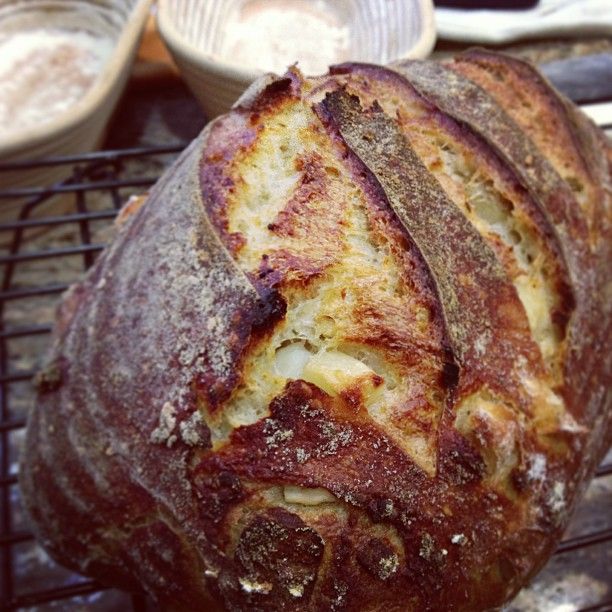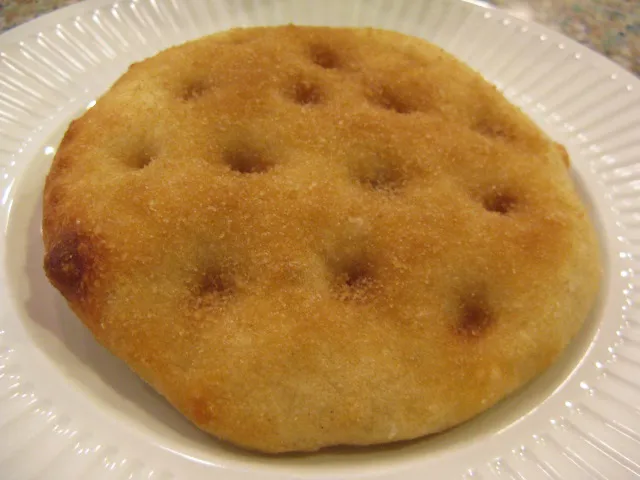Super Scrumptious Whole Wheat Fruity Aniseed Bread…
- Log in or register to post comments
- 6 comments
- View post
- greedybread's Blog

Last Saturday was the "Treasure Island" summer fair at my son Benjanin's school, "Lewes New School", and as reported previously he volunteered me for a bread stall. The idea was that the children should make a major contribution to the fair, and I came to the conclusion, that I would let them bake bread from the Treasure Island times, and sell it at the fair.
By the way, the title photo is not "period bread", but my special take on Bo Friberg's Vanilla Butter Biscuits.
Back to the bread making.

Been away for a bit unpacking still, but I could not stomach the store bought bread anymore so I had to bake.
20% Spelt Potato Rosemay Sourdough.......Lunch Bread
[URL=http://s1292.photobucket.com/user/Steelhead503/media/Baking/73bake1_zps5de050be.jpg.html] [/URL]
[/URL]

It's pie month in my kitchen. That time of year when berrries and stone fruits are the tastiest ever and a great excuse to make a pie or two.
I had my oven all heated up on a warm summer day and, didn't want to let the oven heat go to waste after my two large Sourdough Country Semonlina loaves came out. I forgot to add the sesame seeds : / to them. Still they are delicious and made wonderful garlic toast today for dinner.
I don't have time to post so regularly at the moment. I am baking lots of bread, and continuing to work hard to develop my business.

Bread #27: Correcting for airhead tendencies produces a perfect rye. Maybe not perfect, but incredible. Helps to write directions for myself. I am now a proud parent of a thriving starter and a nice, nice bread. My dog Scout's favorite food is bread, but he prefers something else because he does not like seeds. Next up might be an ode to my starter, which is rising those doughs as well as any store-bought yeast - and so much healthier. Feel like I'm on my way to becoming a Michael Pollan groupie. http://ow.ly/mB6yj

sprouted wheat, oak smoked flour and mascarpone sourdough with longan and walnut



I have a wonerful levain, its just not tangy. So, I read and left a loaf out for 24 hours to develop its sour flavor. Alas even after that I didnt get a tangy loaf. So, I read. Call KAF and ask for Jeff. Read more and more. Funny how even some posts here that say other posts are wrong are just as wrong about developing sour. So, the last 3 days I put my new knoweledge to the test and build my levain. Tonight I baked a high percentage rye and dam'it I hope its got a sour tang. There was so little gluten that you couldnt really shape it. The surface would just tear.

Hello everyone, and Happy Canada / Happy Cañada Day!

This is a Spanish bread called Cañadas de Azúcar, baked for today,Canada’s national holiday.
